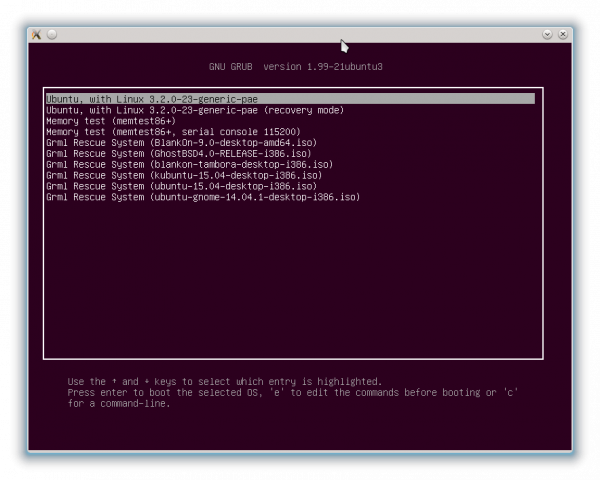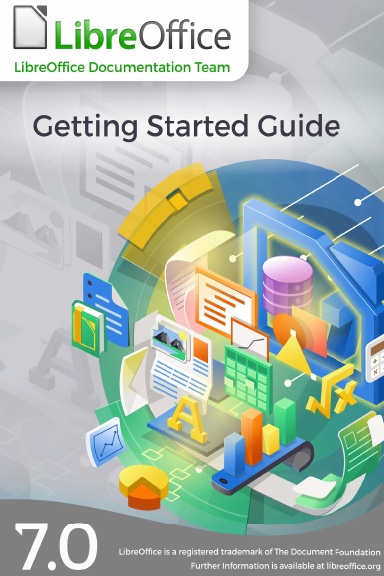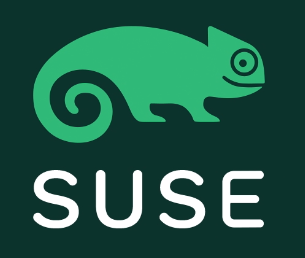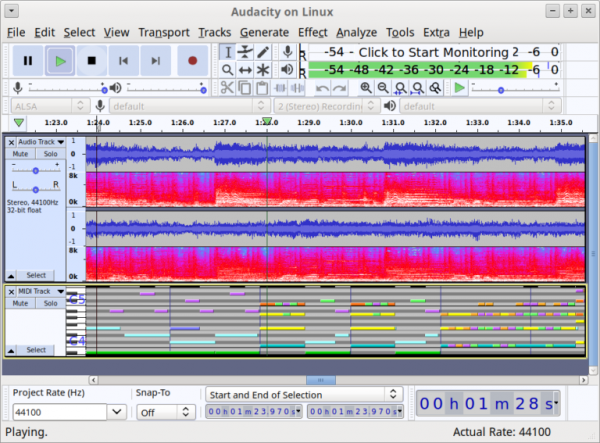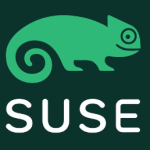Debian 11 bullseye released
 Your ‘umble scribe has been using Debian GNU/Linux for the best part of 15 years now.
Your ‘umble scribe has been using Debian GNU/Linux for the best part of 15 years now.
Besides being a distribution in its own right, Debian is also used as the basis for many other Linux distros, such as the Ubuntu family and derivatives, as well as specialised distros like the security- and privacy-conscious Tails.
Furthermore, Debian stable version releases don't occur very often, only every 2-3 years (unlike the Ubuntu family, which is on a rigid twice-yearly release cycle. Ed.).
Consequently, a Debian stable version release is a major event and the latest release occurred on Friday, as announced in an email to the Debian Developer Announce mailing list
The start of the email reads as follows:
Hi,
On 14th August 2021 we released Debian 11 “bullseye”.
There are too many people who should be thanked for their work on getting us to this point to list them all individually, and we would be sure to miss some. Nevertheless, we would like to particularly thank the installer team, the buildd and ftp teams, the CD team, the publicity team, the webmasters, the Release Notes editors, porters and all the bug squashers, NMUers, package maintainers and translators who have contributed to making bullseye a great release of which we should all be proud.
The email goes on the state that first point release for bullseye will take place about one month after the initial release.
Testing will soon start for the next Debian stable release – Debian 12, codenamed bookworm.
Finally, it’s worth noting that bullseye comes with 5 years’ support and an additional 10,000 software packages, as noted by ZDNet.
